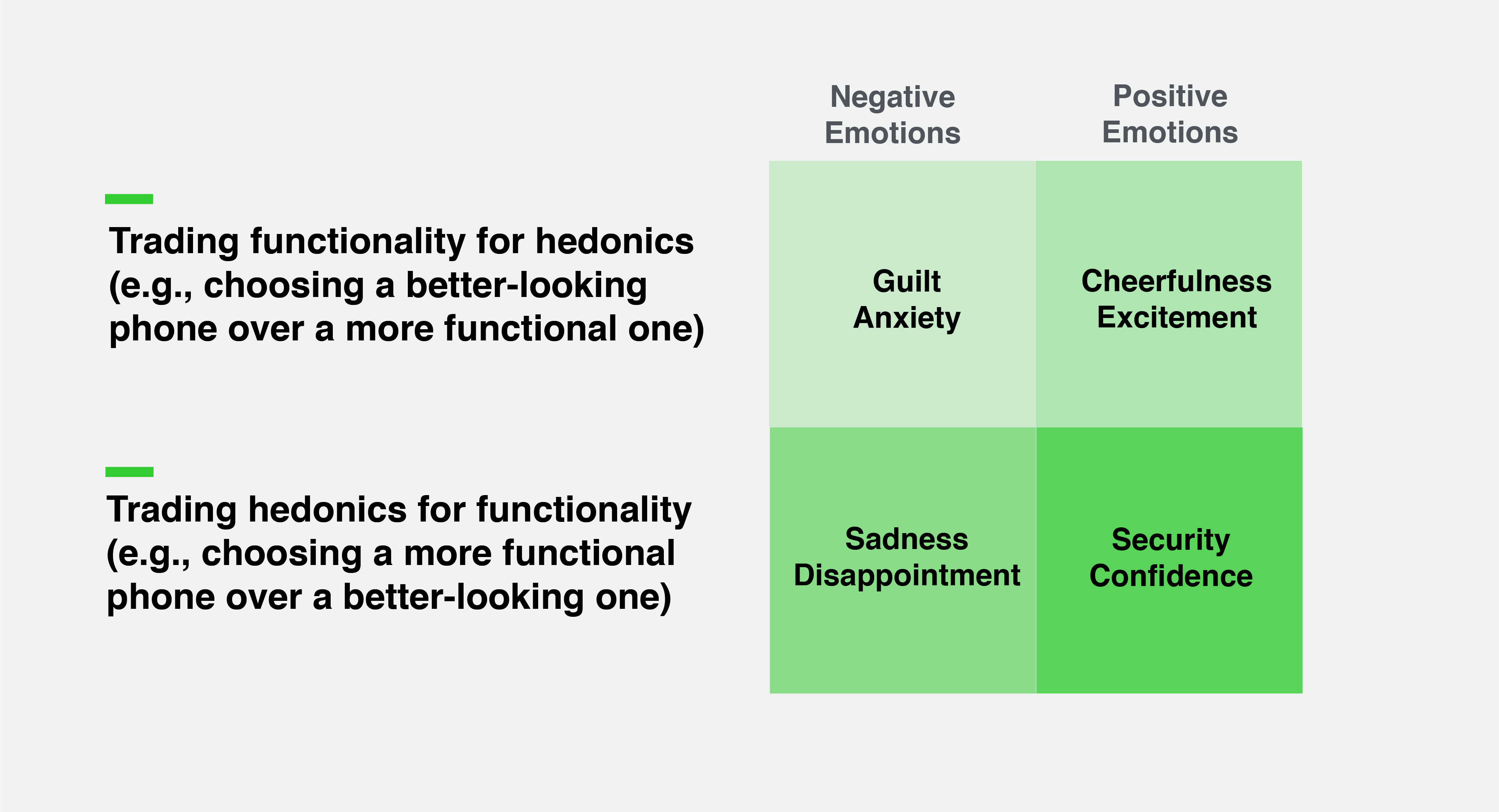
Want to attract the best talent? Just like products, emotion is key.
Every company wants the ability to attract the top talent in their industry – after all, they’re the lifeblood of the organization. Your potential is built on the potential of the individuals you employ. But no matter how hard you try, you can’t seem to maximize the number of quality applications coming through your organization.
The solution? Start thinking of your jobs as products, and start using the same emotional levers to sell your jobs as you would a SKU.
Think about it this way – a job, much like a purchase, is an investment, a transaction between the seller (you) and the buyer (the applicant and eventual employee). Sure, they aren’t giving you money, but they are giving you something even more valuable – their time and energy. In exchange, they’re getting a salary, a set of benefits, and an experience. When you think about it this way, it starts to make sense. iPhones don’t sell themselves by listing out a set of attributes you’re going to get, in the way a job description lists out a set of responsibilities and benefits you’ll get when you apply. But what is it they are selling? And how can this apply to your recruitment marketing?
Product design for open positions
In the 2007 and 2008 papers “Form versus Function: How the Intensities of Specific Emotions Evoked in Functional versus Hedonic Trade-Offs Mediate Product Preferences” and “Delight by Design: The Role of Hedonic Versus Utilitarian Benefits,” Ravindra Chitturi and others introduced the concepts of functional precedence and hedonic dominance into business academia. The papers explain that the traits of any product can be split into two sets of features. There are the utilitarian benefits – functionality and durability – and there are hedonic benefits – aesthetics and other sensory aspects of the design. When making a purchase decision, consumers often have to make trade-offs between these two aspects. A nicer-looking phone that doesn’t have as much functionality, for example, or an uglier one that has more functionality.
When faced to choose one completely over the other, consumers will go with the utilitarian. However, if baseline needs of both are met, consumers will then tend more toward the product with the additional hedonic benefits – not the additional utilitarian ones. To put it simply, there’s a cutoff in the benefit of offering more utilitarian benefits. There’s no cutoff to the additional benefits of surplus hedonics. Functional precedence. Hedonic dominance.
This has been tested and seen to be true across a variety of industries and with a variety of products. In almost every case, consumers will pay more for better aesthetics than they will for an additional feature, as long as they’re getting the baseline functionality they expect.
So how can this apply to recruitment marketing? Well, it could be argued that jobs also have utilitarian and hedonic benefits. The utilitarian ones would be the baseline benefits a worker wants to get from a role. A minimum salary. A certain set of health benefits. A list of responsibilities. The typical fodder you would see in a job description. The trouble is, this kind of stuff is in most job descriptions – and even if you list out a million utilitarian benefits, we now know that these particular kinds of benefits have a cap. So long as you meet the basics, you’re already in the running. And if your competitor meets the basics, they’re also in the running.
But there’s a clear way to differentiate yourself – and that’s the hedonic benefits of your job. What is the environment like? Are the coworkers friendly? Is the office fun to be in? Do you let employees pursue passion projects, or personal and professional growth? These are the benefits that are much harder to put into a job description, but they’re the ones that have unlimited growth potential in terms of attracting candidates.
Emotions and employment
In addition to having different levels of return on investment, each of these traits also invokes a set of emotions when they go met or unmet. Utilitarian aspects evoke security (when met) or anxiety (when unmet). Hedonic aspects evoke delight (when met) or disappointment (when unmet).

Utilitarian aspects, when expectations are met, evoke feelings of security. Hedonic aspects, when expectations are met, provide feelings of delight. It’s part of the reason people gravitate toward utilitarian first – security is important – but then switch over to the hedonic camp once they’ve reached a certain level of security.
Not only do delighted customers (in this case, employees) mean a more-than-satisfied customer base, they’re also more likely to repurchase (stay with the company) and more likely to spread good word of mouth. And when it comes to recruitment, this is great news. Especially considering that employee referrals are one of the best ways to recruit great-fit candidates to your organization.
 Putting it all together
Putting it all together
At the end of the day, a great culture – and showcasing that great culture – is one of the most important tools for recruiting high-quality candidates to your organization – and that’s something even the highest salaries can’t combat.
Give your employees a reason to share their life at work, post pictures of their office, and feel like an important part of the team, rather than a micro-managed cog in a machine. Not only will you give your employees the freedom to better brainstorm, but you’ll also be able to attract even more creative, out-of-the-box thinkers to your company in the first place. And don’t just hide that culture behind poorly lit photos and one-off celebrations of employees. Present it to candidates in a polished, professional, and strategic way – much like you would your job descriptions.
The more hedonic, cultural benefits you’re able to authentically share with potential applicants (and social media is a great outlet, but not the only outlet, to do this), the more likely your career openings are going to resonate with candidates. And not just resonate, but convince them to invest the time to apply and eventually spend a good chunk of their time putting their good ideas into your company – instead of your competitor.
It’s been said that we’re in the “age of culture” at work, and in theory that’s true.The importance of these hedonistic aspects is plastered everywhere. but very few companies do a proper job promoting them. And while real culture overhaul that allows for freedom and fun at work might seem frivolous, its exclusion can lead to a huge opportunity loss. Not only will these hedonic elements land you with happier employees, but really investing in culture – in the delight of your employees and your potential applicants – can actually lead to a better talent pool, more creativity, and better business.
Want to know where to get started? Click here to learn more about our approach to attracting, engaging, and retaining the best talent at your company.
References:
https://journals.sagepub.com/doi/10.1509/jmkr.44.4.702



